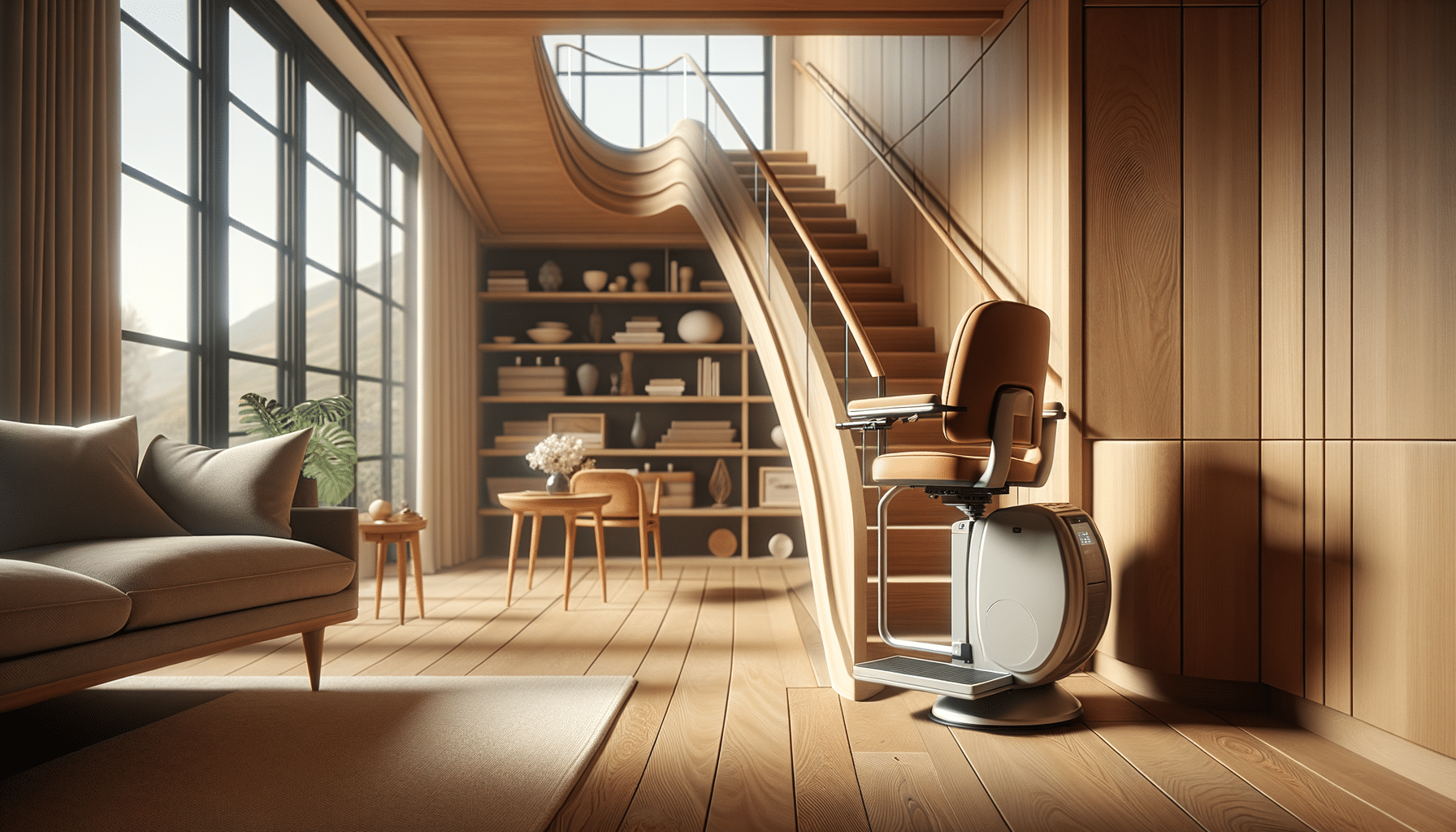
How to Find Unsold Modular Homes & Prefab Homes
Introduction to Modular and Prefab Homes
In the modern real estate landscape, modular and prefab homes have become increasingly popular due to their unique advantages. These homes offer a blend of quality design and cost-effectiveness, making them an attractive option for many buyers. Unlike traditional homes, modular and prefab homes are constructed off-site in a controlled environment, which often results in superior craftsmanship and reduced building times. An exciting aspect of this market is the availability of unsold modular homes, which are built and ready for buyers who value quality design and efficiency.
These homes are not only built with precision but are also designed to meet high standards of safety and sustainability. Prefab homes, in particular, have gained traction due to their energy-efficient designs and the ability to be customized to fit various aesthetic preferences. The availability of unsold modular homes presents a unique opportunity for homebuyers to acquire a ready-made residence without the typical construction delays.
The Appeal of Unsold Modular Homes
Unsold modular homes offer a distinct advantage for those looking to purchase a home quickly. These homes are already constructed and ready for occupancy, allowing for a faster move-in timeline compared to traditional builds. This speed is particularly appealing to buyers who are relocating or need immediate housing due to life changes. Moreover, these homes are crafted with high-quality materials and modern design principles, ensuring that buyers receive a product that is both durable and stylish.
Another significant benefit of unsold modular homes is their competitive pricing. Since these homes are already built, sellers are often motivated to offer them at attractive prices to free up inventory, providing buyers with potential cost savings. Additionally, the modular home industry is renowned for its commitment to sustainable building practices, which means that these homes are not only cost-effective but also environmentally friendly.
- Quick move-in timelines
- Competitive pricing
- Sustainable building practices
Understanding Prefab Homes
Prefab homes, short for prefabricated homes, are a subset of modular homes that are built in sections in a factory setting. These sections are then transported to the construction site and assembled, creating a fully functional home. Prefab homes are known for their innovative designs and flexibility, allowing for a wide range of customization options to meet the specific needs and preferences of homeowners.
The efficiency of the prefab construction process often results in reduced waste and lower overall costs, making these homes an economically sound choice for many buyers. Prefab homes are also built to withstand various environmental conditions, ensuring they are a reliable and long-lasting housing solution. The ability to choose from different styles and layouts further enhances their appeal, providing buyers with a home that truly reflects their personal taste.
- Innovative and flexible designs
- Reduced waste and lower costs
- Customization options available
Comparing Modular and Prefab Homes
While modular and prefab homes share many similarities, there are distinct differences that potential buyers should consider. Modular homes are typically built in larger sections, often encompassing entire rooms, and are then transported to the site for assembly. This method ensures a high degree of structural integrity and quality control.
On the other hand, prefab homes are constructed in smaller sections or panels, providing greater flexibility in design and layout. This allows for more customization and the ability to adapt the home to fit specific site conditions. Both types of homes offer exceptional quality and are constructed to meet rigorous building codes and standards.
When deciding between modular and prefab homes, buyers should consider factors such as budget, design preferences, and the intended use of the home. Each option provides unique benefits, and understanding these differences can help buyers make an informed decision that aligns with their housing needs.
- Modular homes: larger sections, high structural integrity
- Prefab homes: flexible design, greater customization
- Both meet high building standards
Conclusion: Opportunities in the Modular and Prefab Home Market
The market for modular and prefab homes continues to grow, offering buyers a range of options that combine quality, efficiency, and sustainability. Unsold modular homes present a unique opportunity for those seeking a ready-made solution without the wait associated with traditional construction. These homes are built and ready for buyers who value quality design and the convenience of a quicker move-in timeline.
As the demand for environmentally friendly and cost-effective housing solutions increases, modular and prefab homes are well-positioned to meet these needs. By understanding the benefits and distinctions of each type, potential buyers can make informed decisions that align with their lifestyle and financial goals. The future of homeownership is bright with the innovative possibilities offered by modular and prefab homes.


